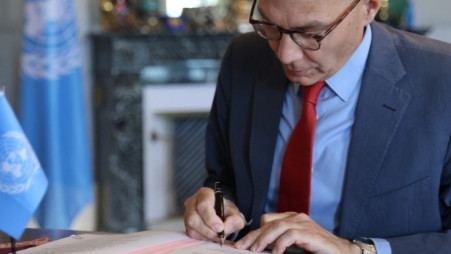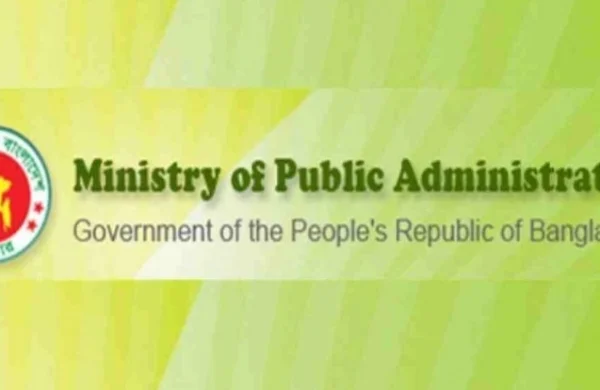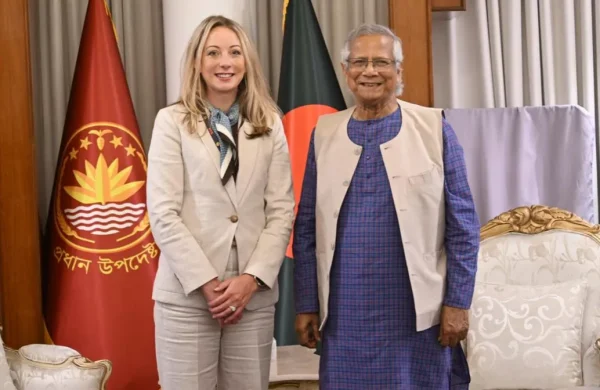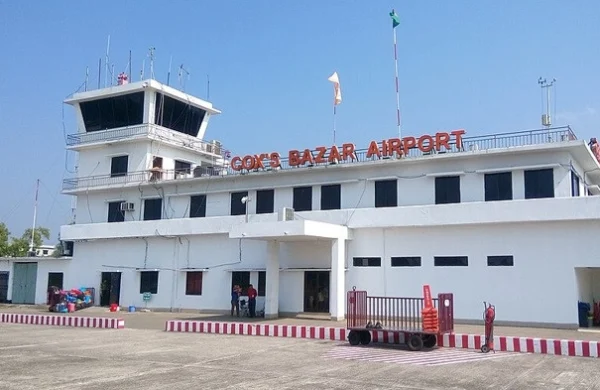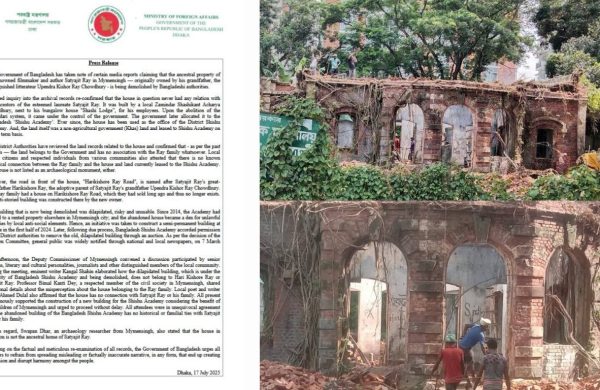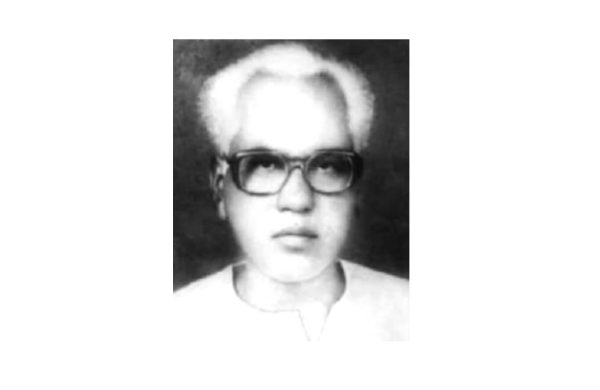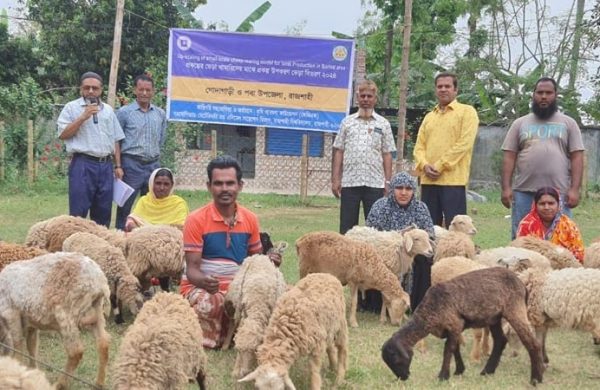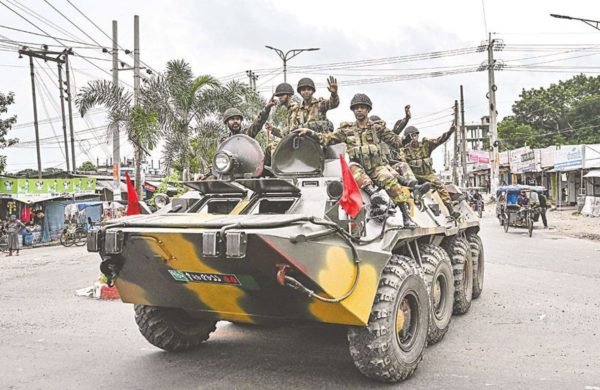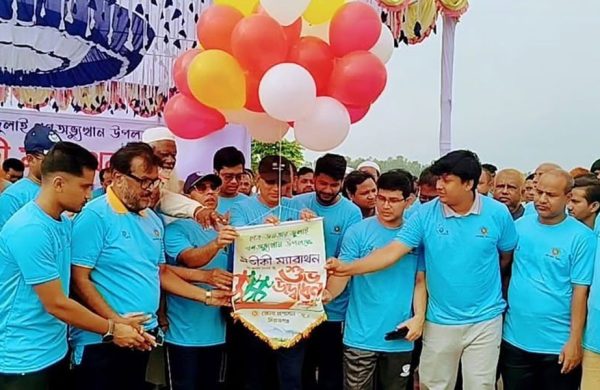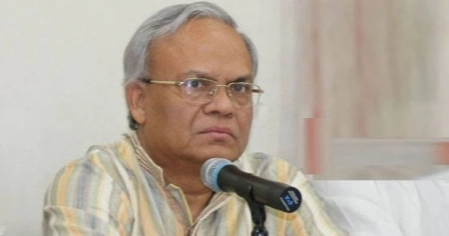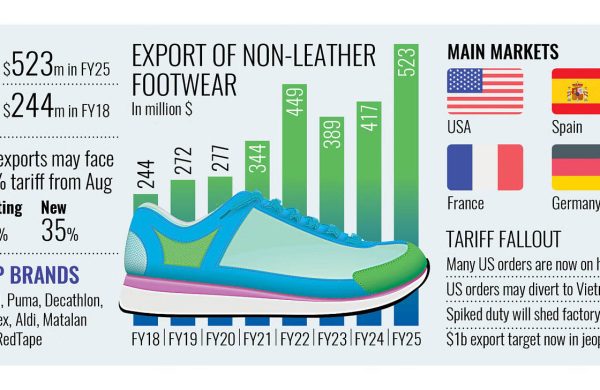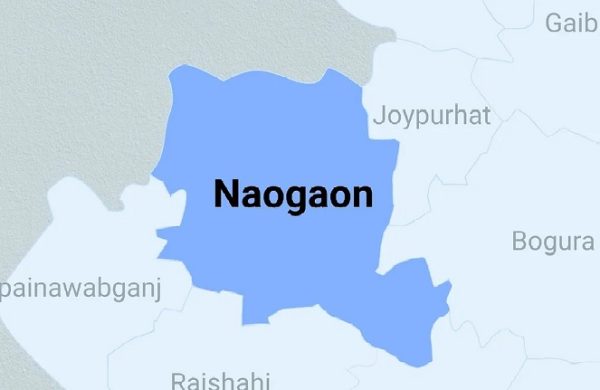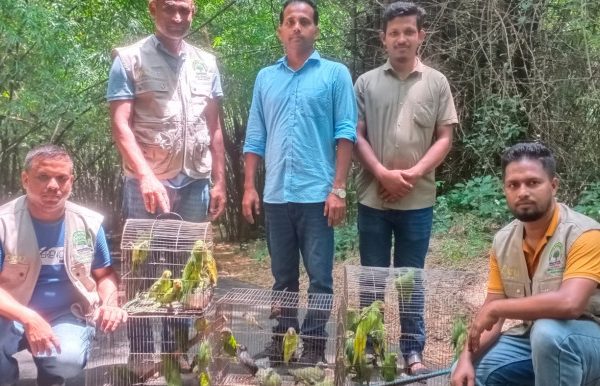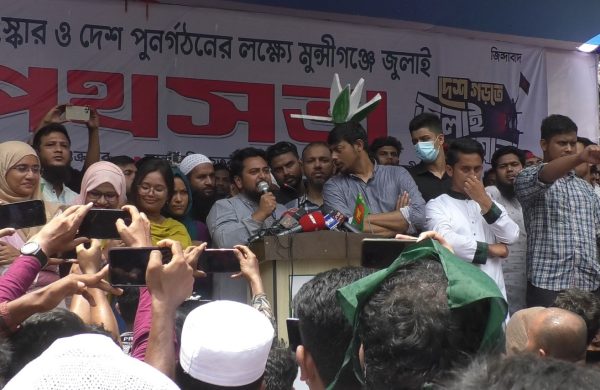Karnaphuli tunnel expenditure 3 times higher than the revenue
- Update Time : Sunday, October 27, 2024
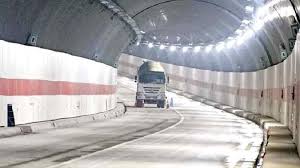
TDS Desk:
The country’s first 3.32 kilometre-long Karnaphuli tunnel under the Karnaphuli River in Chattogram has been open to traffic for a year. Although this tunnel has completed a year of operation, the income or revenue is still not promising. Even the daily expenditure is three times higher than the maintenance cost of the tunnel.
The much-talked-about Karnaphuli tunnel was inaugurated on October 28 last year. Only one-third of the traffic that was estimated to travel through the tunnel each day actually moves.
It has been found that until October 20, an average of 3,910 vehicles have used Karnaphuli tunnel every day. According to the Bangladesh Bridge Authority, the daily average revenue from this tunnel is Tk 10,37,000. But the daily operating cost is Tk37,47,000.
According to the project estimate report from January 2023, an average of 18,485 vehicles was supposed to use Karnaphuli tunnel daily.
The Bangladesh government has signed a five-year contract with China Construction Company Limited for the maintenance of Karnaphuli tunnel at 983 crore 82 lakh taka. In addition, the government is also paying interest on the $705 million loan taken from China for this project.
Principal repayments will begin within the current financial year. Due to insufficient income, these expenses are now being met from the state treasury.
Executive Director of South Asian Network on Economic Modeling Prof. Salim Raihan told the media that the policymakers did not properly review how much this tunnel was needed to connect Chattogram and Anwara Upazila. As the cost of the project is high, it is doubtful whether the expected revenue will ever be generated from it.
Since the opening of Karnaphuli tunnel, 37 crore 45 lakh taka were earned from 1.4 lakh 12 thousand vehicles. However, according to the data, the government has spent 134 crore 46 lakh taka for its operation.
About 77 per cent of the vehicles using this tunnel are light vehicles and 12 per cent are trucks. It has crossed 10,000 daily traffic only three times in 359 days since its launch.
Abul Kalam Azad, deputy director of the project, said that the public and private development projects on both sides of the tunnel have not been implemented. The tunnel has been built based on the ‘one city, two town’ approach, similar to Shanghai in China. It was built to connect the Mirsarai Economic Zone with the Matarbari deep sea port. There were plans to expand the Chattogram port jetty on the south side of Karnaphuli, and thousands of domestic and foreign industrial units were proposed to be set up in Anwara. But none of it materialized. As a result, the number of vehicles initially expected is lower.
He also said that the cost of the tunnel will increase if the debt repayment starts at the beginning of next year.
Eminent economist Moinul Islam said that after the construction of 230 km Marine Drive road, the volume of traffic through the tunnel will increase. It may not be fully utilized in the next few years. So it will not be possible to pay the loan installments with that money by earning from here. However, once the Matarbari deep sea port and bay terminal are fully operational, this tunnel may be beneficial.
Professor Salim Raihan said the Karnaphuli tunnel is far from the centre of the port city. However, there are plans to build a township in Anwara with Chinese funding.
In November 2015, the Executive Committee of the National Economic Council (ECNEC) approved 8,446 crore 64 lakh taka for the tunnel. Later its cost increased to 10,689 crore 42 lakh taka. It was then estimated that an average of 28,305 vehicles would travel through the tunnel by 2025 and 37,946 by 2030.
Chinese Exim Bank has provided 705.80 million dollars at 2 per cent interest and 0.2 per cent service charge and the rest has been funded by the Bangladesh government. The Chinese loan is to be repaid within 15 years with a grace period of five years.


